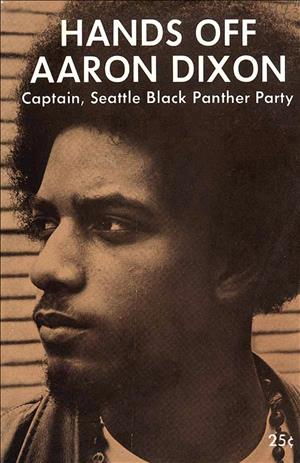On July 31, 1968, 69 persons are arrested in Seattle during a Central Area melee and Mayor J. D. "Dorm" Braman (1901-1980) promises that mass arrests will continue. The rioting is the aftermath of the arrest of Black Panthers Aaron Dixon and Curtis Harris for being in the same room with a stolen typewriter (following a police raid of the Black Panther office). The Seattle-King County Bar Association protests the mass arrests and intercedes to win the freedom of most suspects.
Fires and Flying Rocks
The defendants were arrested after two hours of rioting. Thirteen fires were set and motorists were injured by flying rocks. Police employed a pincer movement to trap rioters between two groups of officers. Police Chief Frank Ramon (d. 1986) stated, "In a four month period on a dozen nights, groups of individuals in the same geographic areas have assaulted people, destroyed property, and caused disruption in a normally peaceful neighborhood ... We can't sit by night after night with this kind of disturbance going on." He declared that the Seattle Police would "use whatever action is necessary to maintain peace in the Central Area" (Seattle P-I, August 2, 1968).
Mayor Braman announced that the mass arrests would continue and that there would be "no return to a policy of appeasement."
On August 6, 1968, representatives of the Negro Voters League presented Mayor Braman with 26 complaints from African Americans alleging brutality and misconduct by Seattle Police Officers. The mayor accepted the documentation and stated, "But of course the actual investigation will have to be done by the police department" (Seattle P-I, August 7, 1968).
Aaron Dixon and Curtis Harris were later acquitted in the matter of the typewriter.

